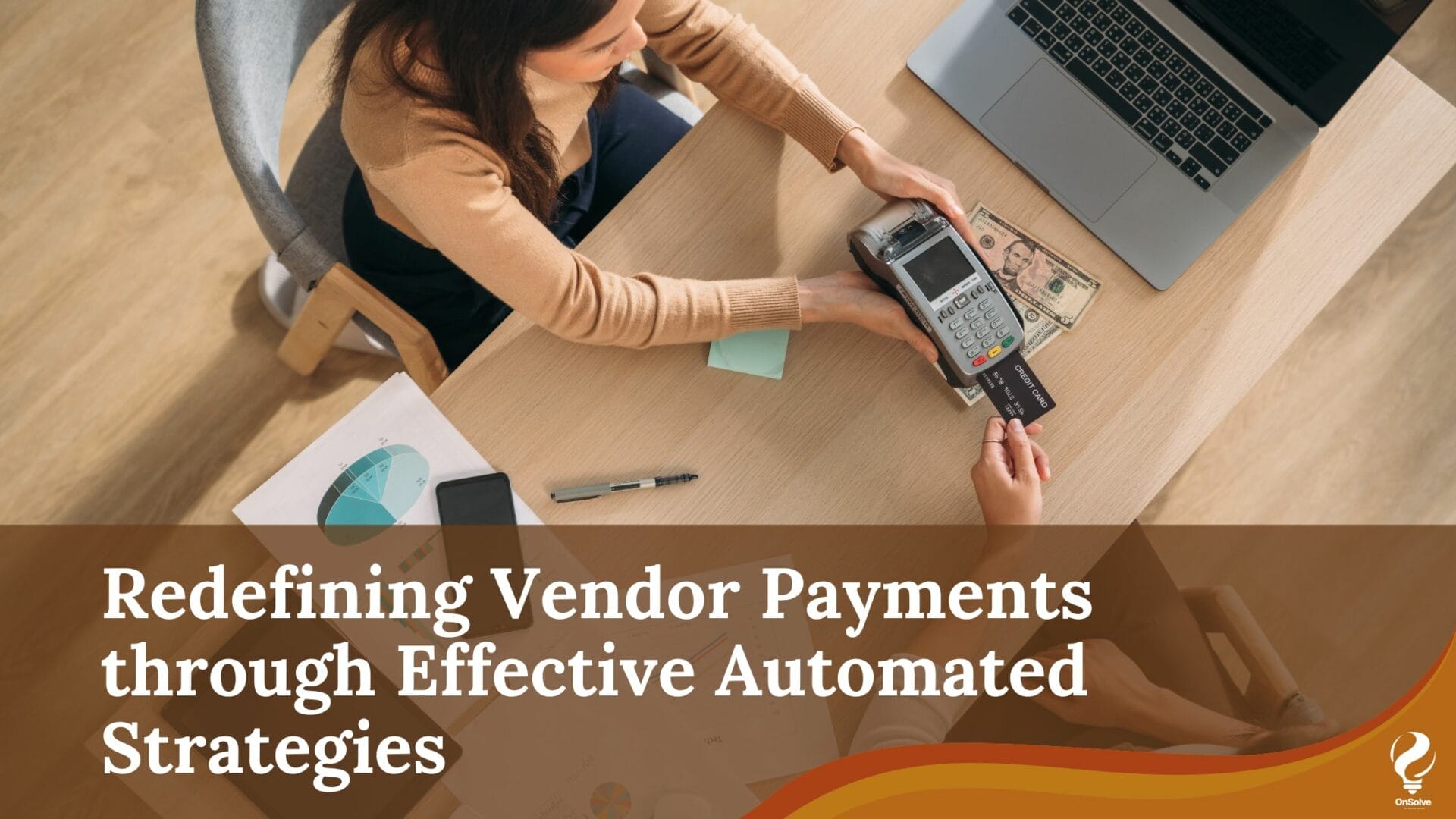A company’s financial position and ability to maintain vendor relationships heavily depends on how well its invoices are managed. Therefore, managing, verifying, processing, paying, reconciling, and tracking accounts payable is a vital part of business. This is important in building and maintaining strong supplier relationships, managing the cash flow, and preventing fraud and overpayment.
Streamlining vendor payments is hence an important part of a business’ financial operations because of its reflection on the company’s process excellence and financial health.
Common Challenges in Tracking Payments
Frequent challenges faced by startups and new businesses are the difficulties in tracking payments and managing several priorities at the same time. Identifying these potential challenges and avoiding them can lead to effective vendor payment managements. Let’s dive into some such vendor payment pitfalls that commonly arises.
The Flood of Manual Tracking
As startups, manual tracking payments will most likely be the more feasible option. However, as businesses are expanded there will be a vast increase in the volume of payments. This will leave manual tracking of payments both overwhelming and error prone.
Lack of Transparency
As new partnerships are established and new tools added, keeping track of renewals can be a hefty task. If the company uses several accounts or cards for payments, the overview of payment status, history of payments and tracking becomes unclear and inefficient.
Time- Consuming Workflows
Payment approval process may involve many multiple manual steps and handoffs. This can be both time-consuming and create delays in the payment cycle.
Date Discrepancies
Manual entering of payment data into the accounting system could lead to discrepancies between payment records, invoices, and receipts. Incorrect payment records can therefore lead to confusion and obstruct the accurate payment reconciliation process.
Security Issues and Interrupted Service
Use of many cards for payments can lead to them being stolen or compromised. This may lead to interruptions in services and loss of productivity which could end up in dissatisfied contractors and clients.
Benefits of Digitalization in Payment Management
Faster Processing
An automated payment process will help expedite the overall financial workflow and reduce time consumption. Invoice payment, validation and approval will be completed swiftly compared to the traditional manual methods
Reduce Manual Errors
As pointed before, manual errors are a significant challenge which could lead to confusions in the payment management process. Automation will lead to the minimization of these errors by extracting accurate data from invoices and transferring it to the business’ accounting system. It will help avoid errors in accuracy and efficiency with the increase of transaction volume with the growth of the business.
Real-time Sync
Having automations which provides real-time syncing and analytics could help businesses to make informed choices and address issues promptly. This will also lead to clear communication between both vendors and clients.
Tracking Bills from Initiation to Completion
Automation of payment management will provide end-to-end tracking of bills from the moment it entered the system until its completion. This will help in easy monitoring of progress and to promptly address potential issues.
Automated Data Validation and Checks
Automation of the vendor payment process can make data extraction and data validation all the simpler and more efficient. It will ensure that the extracted information matches the predefined criteria and upholds business regulations.
In the era of hi-tech business operations, businesses that streamline their vendor payment management will be placing a solid groundwork for growth. Efficient, accurate and proper financial control gained through automation will forego manual processes by setting the stage for a superior financial future of businesses.







